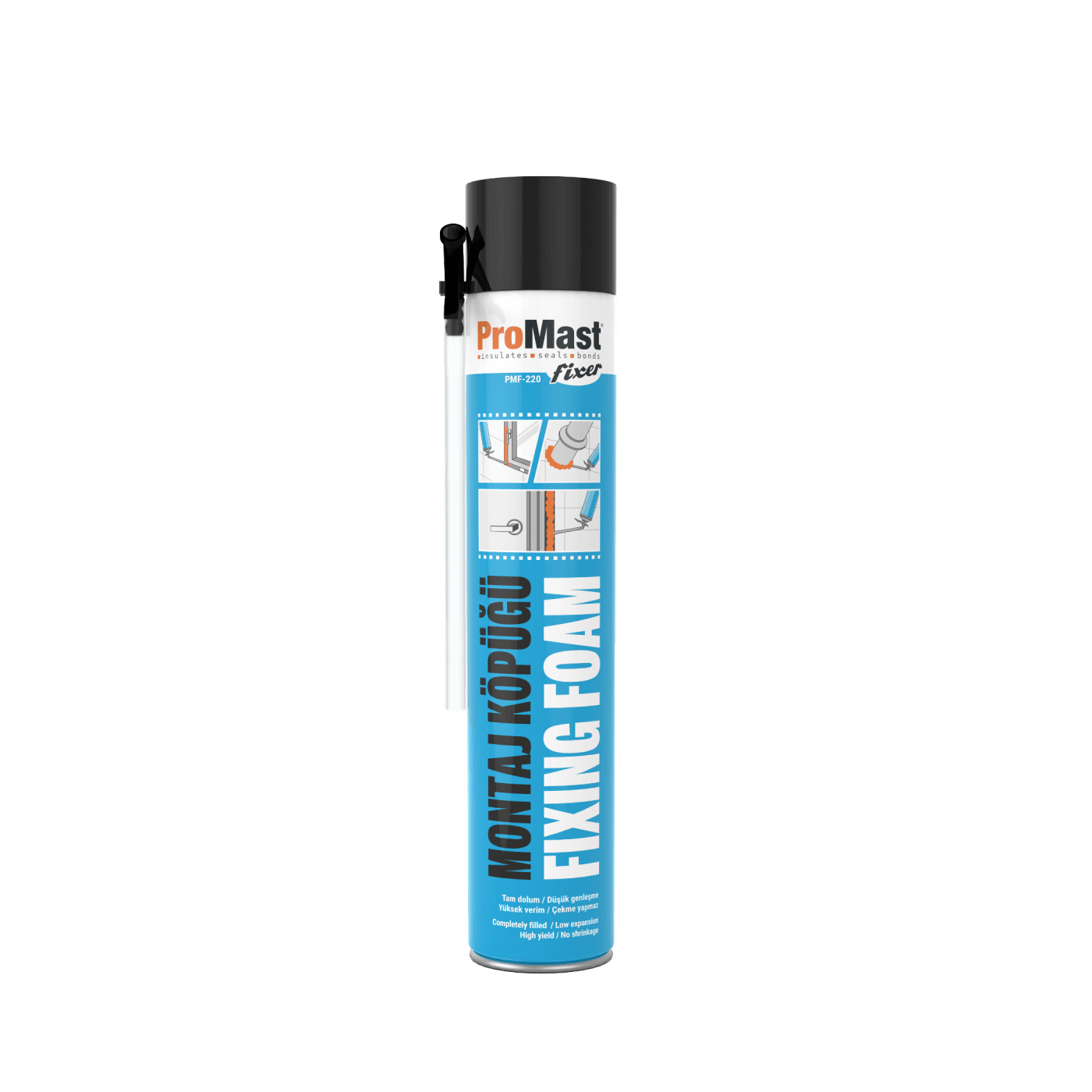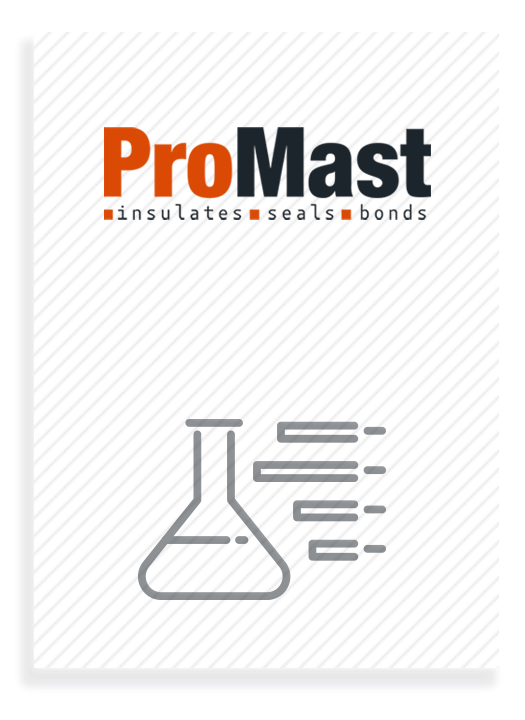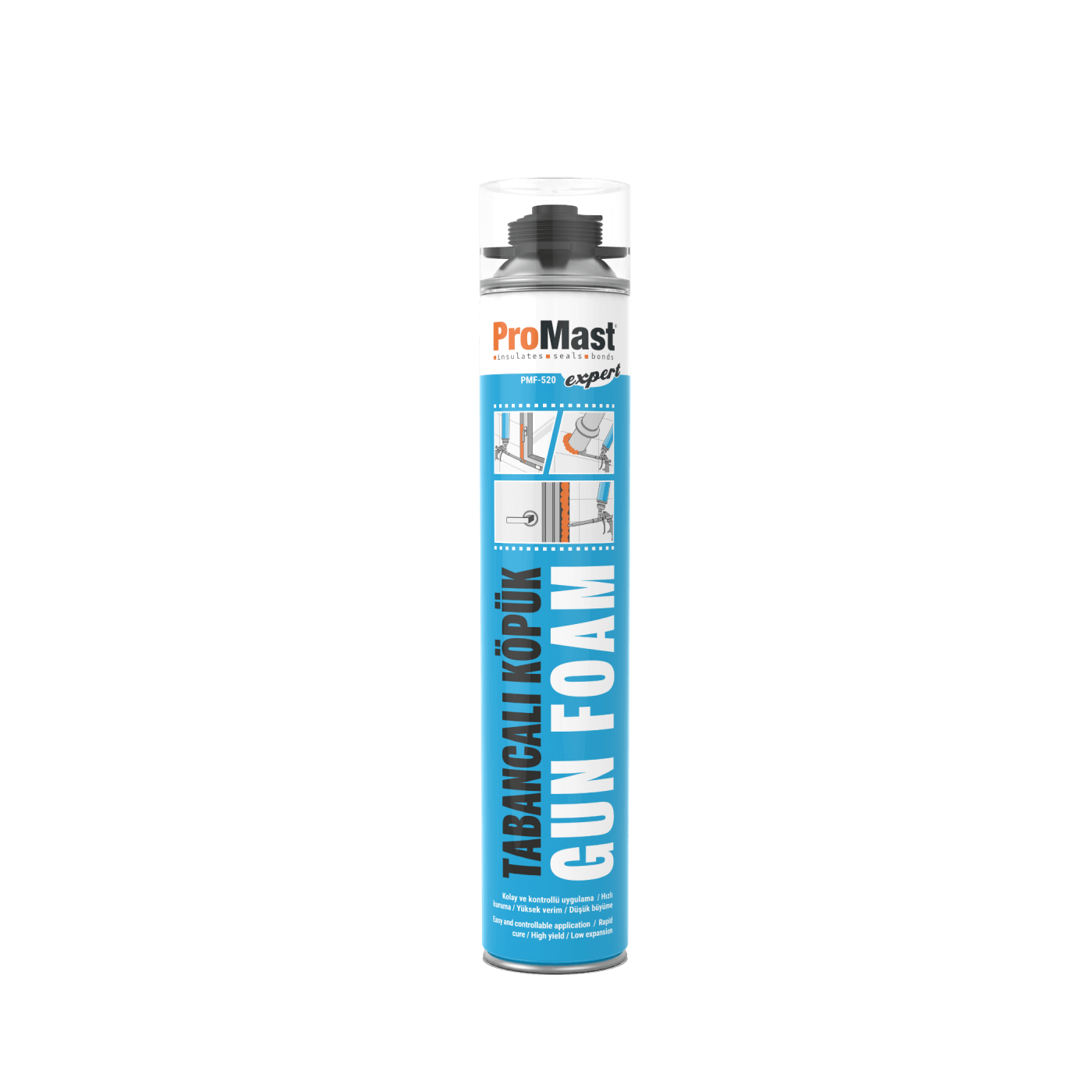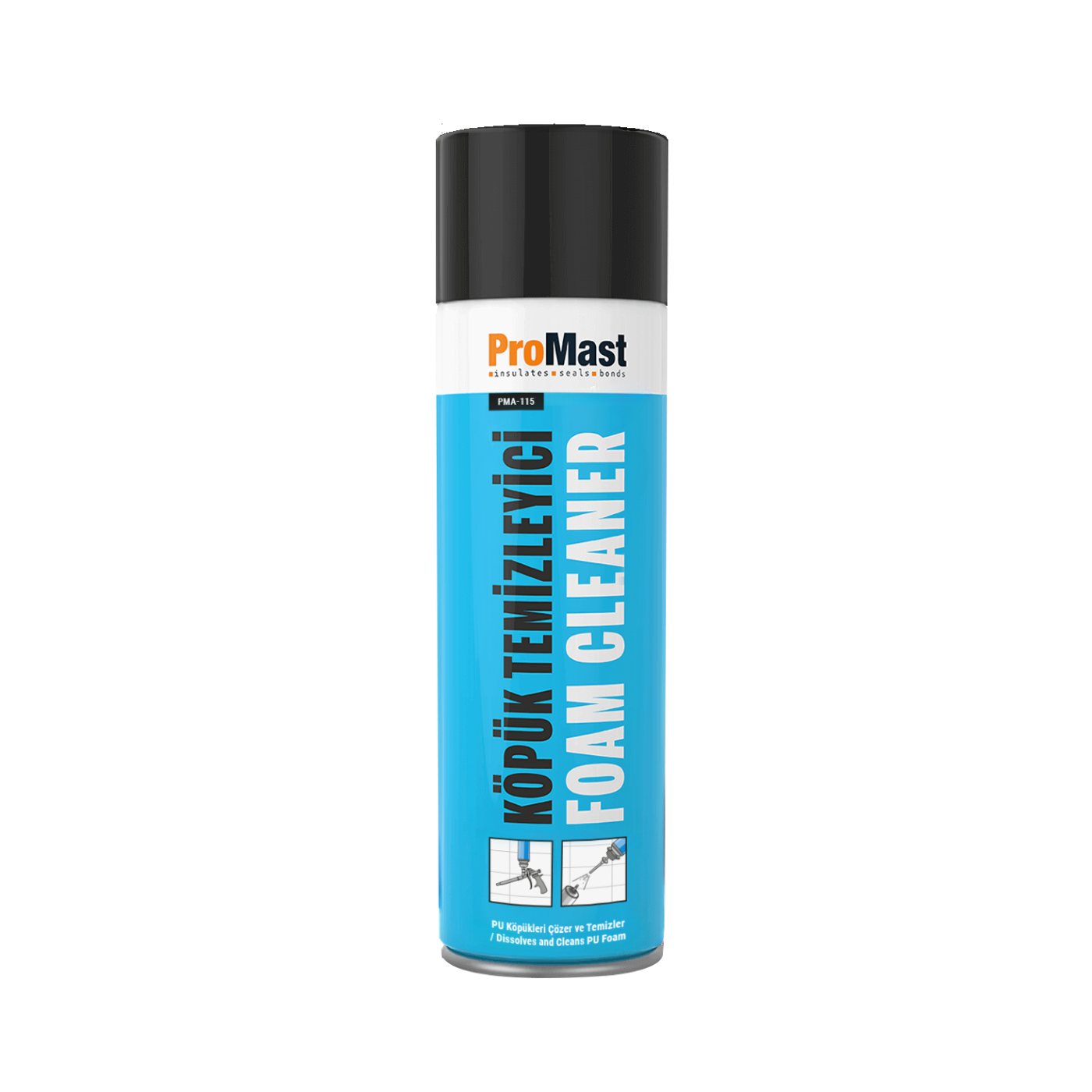Fixing Foam
Fixer

Fixing Foam
Fixer
High-volume, high density polyurethane foam specially formulated for common installations and mounting applications with closed cell structure and controlled expansion.
750 ml
15 months
High-volume, high density polyurethane foam specially formulated for common installations and mounting applications with closed cell structure and controlled expansion.
750 ml
15months
Specifications
Due to its high efficiency, it provides more installation possibilities.
Designed to have controlled swelling of the foam therefore it does not exert more pressure on surfaces than necessary and does not stretch crates.
It dries quickly, reaches the form that can be cut quickly. It does not shrink, thus, provides excellent stability.
The cured foam can be sanded and painted.
Very strong adhesion to building materials.
It can be applied at low temperatures.
Application areas
Fixing door and window frames to walls and filling the gap.
Assembling areas such as panels, tables, air conditioners, ventilation ducts.
Mounting bathtubs to the floor.
Adhesion and insulation of common building materials.
Technical info
Density: 23-32 kg/m³
Tack-free time: 8-10 minutes
Cutting time: 30-40 minutes
Shelf life: 15 months
Volume: 750 ml
Shrinkage: 3% max
Application methods
Take out the straw off the lid and attach it to the valve by twisting.
Shake the can vigorously.
Moistening application surfaces would accelerate the drying speed and would have a positive effect on cell structure, efficiency, and adhesion strength.
While the can is upside down, press the trigger for the foam to come out.
Since the foam would expand, partially fill the gaps where you would apply.
From time to time, shake the can again during the application.
Leave the straw on the can for the next application; otherwise, clean the valve with a solvent like acetone.
Safety info
It contains diphenylmethane -4, 4 diisocyanates. If inhaled for long periods, it may cause sensitivity to respiratory organs. If the wet foam contacts the skin for long periods, it may cause local rash and sensitivity on the skin. For this reason, the environment should be well-ventilated during the application, contact with the skin should be avoided and protective gloves and safety goggles should be worn while working. The aerosol can is filled with combustible propellant gasses under high pressure. For that reason they should not be punctures, should be kept away from heat sources or flames.
Warnings!!
Winter foams should be preferred for applications at temperatures below +10°C.
It is recommended to paint over PU foams which would be exposed to direct sunlight.
When needed, the fresh foam should be cleaned with the help of a solvent immediately.
Hardened foam is very hard to clean and can only be done mechanically.
Due to its high efficiency, it provides more installation possibilities.
Designed to have controlled swelling of the foam therefore it does not exert more pressure on surfaces than necessary and does not stretch crates.
It dries quickly, reaches the form that can be cut quickly. It does not shrink, thus, provides excellent stability.
The cured foam can be sanded and painted.
Very strong adhesion to building materials.
It can be applied at low temperatures.
Fixing door and window frames to walls and filling the gap.
Assembling areas such as panels, tables, air conditioners, ventilation ducts.
Mounting bathtubs to the floor.
Adhesion and insulation of common building materials.
Density: 23-32 kg/m³
Tack-free time: 8-10 minutes
Cutting time: 30-40 minutes
Shelf life: 15 months
Volume: 750 ml
Shrinkage: 3% max
Take out the straw off the lid and attach it to the valve by twisting.
Shake the can vigorously.
Moistening application surfaces would accelerate the drying speed and would have a positive effect on cell structure, efficiency, and adhesion strength.
While the can is upside down, press the trigger for the foam to come out.
Since the foam would expand, partially fill the gaps where you would apply.
From time to time, shake the can again during the application.
Leave the straw on the can for the next application; otherwise, clean the valve with a solvent like acetone.
It contains diphenylmethane -4, 4 diisocyanates. If inhaled for long periods, it may cause sensitivity to respiratory organs. If the wet foam contacts the skin for long periods, it may cause local rash and sensitivity on the skin. For this reason, the environment should be well-ventilated during the application, contact with the skin should be avoided and protective gloves and safety goggles should be worn while working. The aerosol can is filled with combustible propellant gasses under high pressure. For that reason they should not be punctures, should be kept away from heat sources or flames.
Winter foams should be preferred for applications at temperatures below +10°C.
It is recommended to paint over PU foams which would be exposed to direct sunlight.
When needed, the fresh foam should be cleaned with the help of a solvent immediately.
Hardened foam is very hard to clean and can only be done mechanically.


